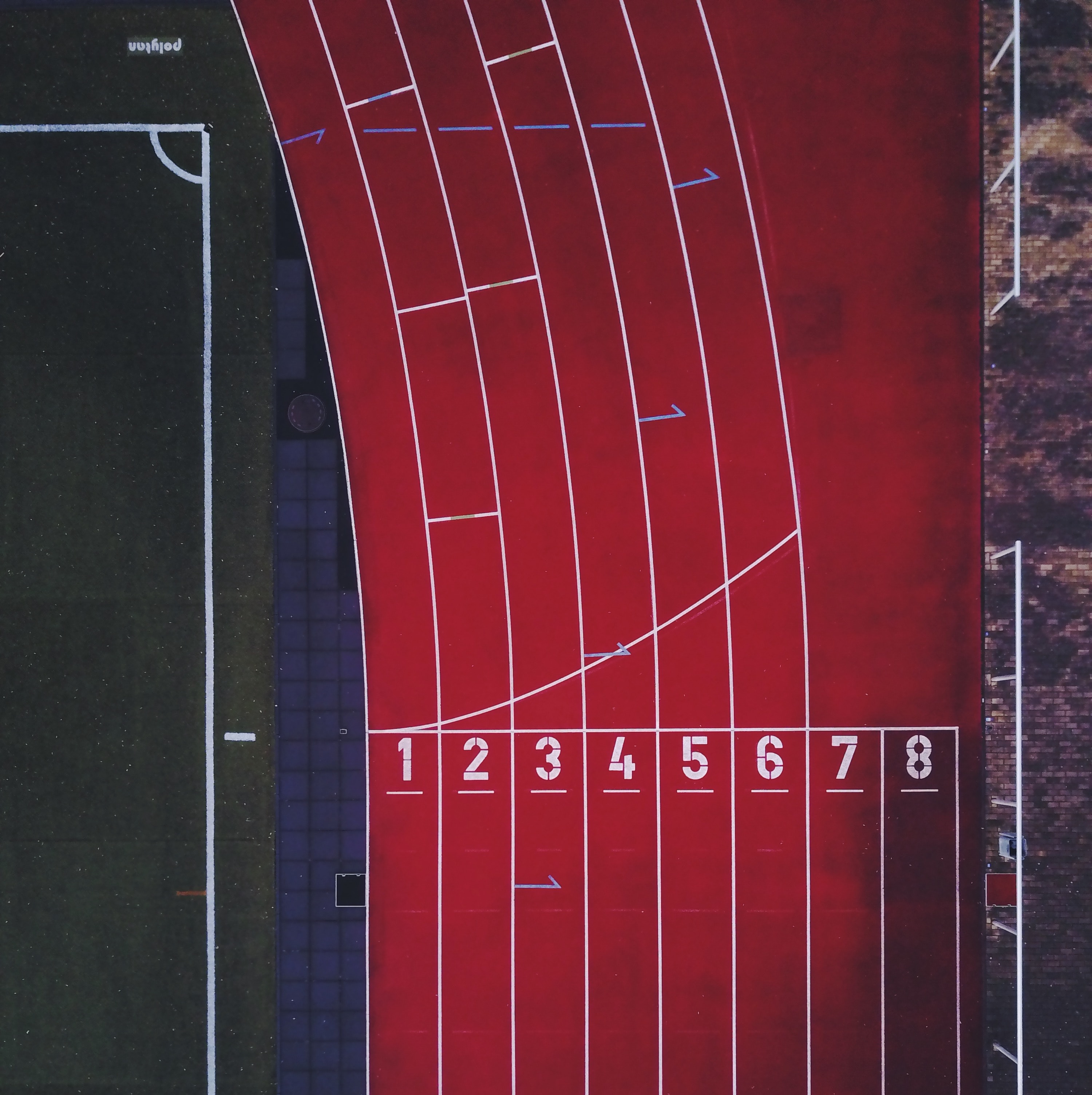

Translational Research in Anatomy 19 (jun 2020), 100059. Using videoconferencing to deliver anatomy teaching to medical students on clinical placements. Sarah Allsop, Michael Hollifeld, Lucy Huppler, Daniel Baumgardt, Daisy Ryan, Martin van Eker, Michelle Spear, and Cathy Fuller.Health and biometric data can be shared with instructors and other participants during exercise for safety purposes and to create social connections. We propose design recommendations, including using smartwatches to give real-time reactions and smart garments to generate tactile feedback. Despite the challenges, we envision CMC in exercise is an opportunity for new design and interactions. Participants found it hard to give real-time reactions while exercising far away from their laptops they receive less customized instructions, and they have difficulty engaging in private chats. Our interviews showed that instructors saw teaching online as a new, more cognitively demanding experience than teaching in-person classes they found limited resources to create a professional workout space, experienced stress and anxiety, had limited information and approaches to give participants feedback, and faced difficulties with rapport building. We conducted semi-structured interviews with 11 instructors and 14 participants who had experience teaching or taking live stream group fitness classes on Zoom during the pandemic. This study aims to understand how people teach and participate in live stream group fitness classes, the challenges they have encountered, and their practices to address these challenges. The abrupt transition to synchronous online exercise brought lots of uncertainty and challenges to fitness instructors and participants. Because of the temporary closure of gyms and fitness centers, many people started to take group fitness classes online. The COVID-19 pandemic greatly changed many people's daily lives.


 0 kommentar(er)
0 kommentar(er)
